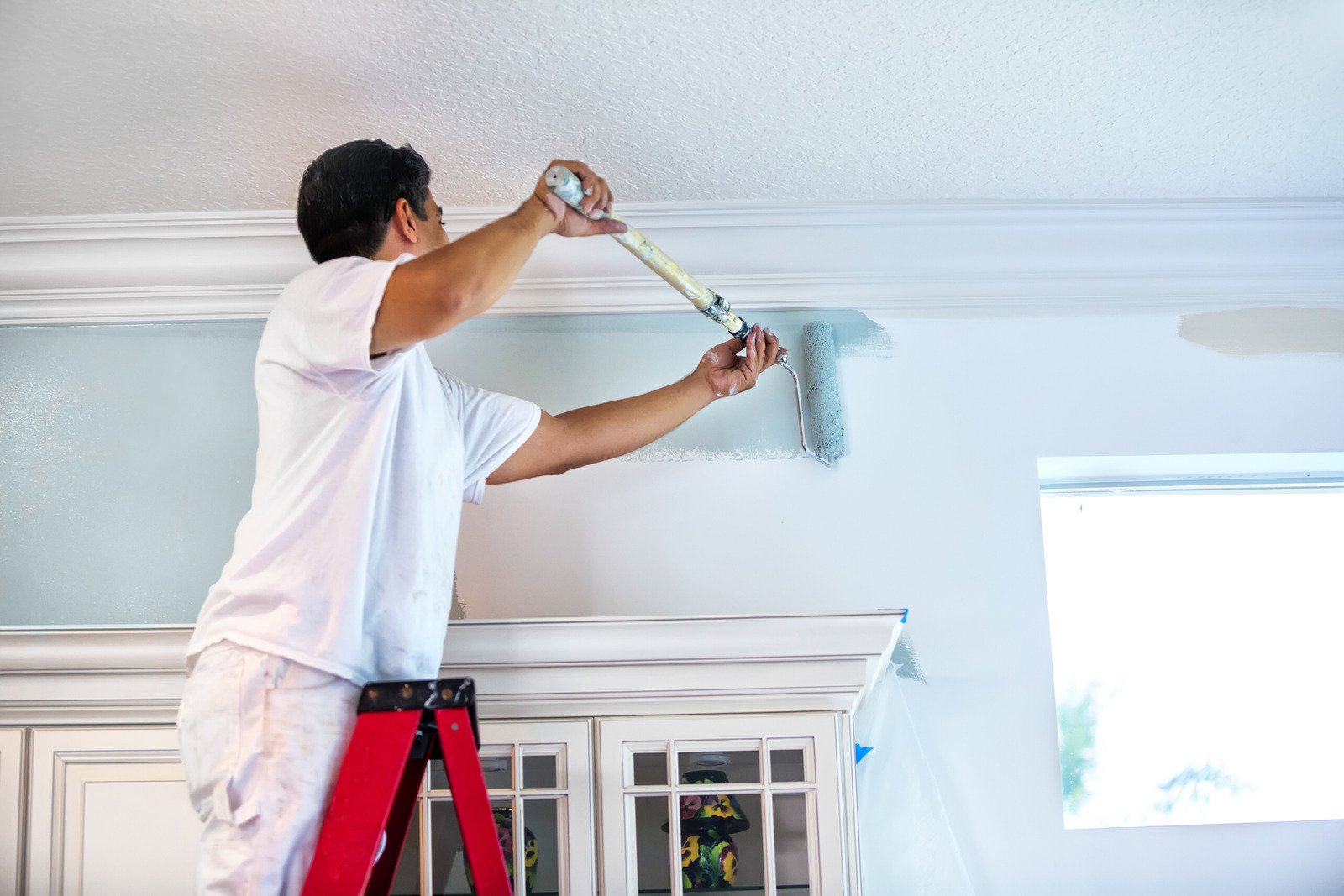When planning a painting project for the exterior of your home, fencing, decking, or pathways, there is a lot to think about. You will almost certainly be torn between painting and staining. Stain and paint are two common finishes for beautifying, restoring, and protecting against the elements. Choosing between them may appear difficult, but they both produce excellent results. It is critical to use the correct finishing material for the surface it will be applied on and the final look you desire for an excellent finishing job.
Both stain and paint serve to preserve, decorate, and protect the surfaces of your home. The answer to the question of which is superior is quite complex. Stains and paints have recently improved in technology, and both are viable methods of coloring and protecting a surface. It is critical, however, to understand the benefits and drawbacks of each to help you decide which is best for your home project.
Staining vs. Painting: Differences & Benefits of Each
The primary ingredients of stain and paint are the same: solvent (or the vehicle), pigment, and binder. Stains are mostly solvents, whereas paints contain more binders to adhere to a surface. Both offer good surface protection and are available in oil and acrylic varieties. When you open a can of paint and another stain, you’ll notice that the stain is much thinner.
This is why stains reveal the surface beneath, whereas paint completely conceals it. Another distinction is that paint sits on a surface, whereas stains seep into it. Paint must be applied to a primed surface first, whereas staining does not require a primed surface.
Below, we look at the pros and cons of stain and paint to help you decide which to use to achieve the desired outcome for your home project.
Stain
When you apply a stain to a surface, it does not change its color; instead, it enhances its natural color.
There are two kinds of stains: solid stains and translucent stains. A translucent stain does not obscure the original appearance of a surface; rather, it enhances it, allowing you to celebrate the natural beauty of a door, deck, or fence.
Pros of Staining
- The biggest pro of either a solid stain or a translucent one is that it deepens into the wood grain, helping to protect against moisture, rot, and warping. The way stain soaks onto a surface enables it to preserve wood surfaces or previously painted surfaces to keep them looking flawless.
- If you like a more natural look, stain helps natural textures and grains to show through.
- Stain requires less maintenance than paint. Because stain fades gradually, it does not peel and chip over time like paint.
- The layer of protection staining offers keeps the original colors looking flawless, more vibrant, and glossier than ever.
- Staining does not take as long as painting to complete a job and requires only one coat.
Cons of Staining
Staining also comes with a few cons:
- Stain does not last as long as the paint on a surface. Surfaces must be re-coated at least once a year. While the application process is simple, having to buy more stains every year can be inconvenient.
- Staining can also be unpredictable because some surfaces will reject it. They may not hold stains well, and you may not notice a significant difference after application. Unfortunately, if a surface rejects a stain, it must be removed or the overall effect will be ruined.
Given these advantages and disadvantages, the stain is only appropriate for wood products. It works best on wood because, unlike any other surface material, it has a highly absorbent surface through which the stain can seep. That means staining is best for wooden frames, wooden tables, and wooden doors, in general, all things wood, depending on what you want to improve.
It is also important to note that previously painted surfaces cannot be stained until all the paint has been removed, down to the substrate. It is, therefore, best to hire a professional to do the staining for you because they understand how the stain is applied and what surfaces will reject it.
Paint
Now that you’ve learned about stains, let’s talk about paint. Paint is a pigmented substance that can be applied to almost any surface. Paint is frequently used for home projects such as doors, walls, shutters, and craft projects.
Pros of Painting
- Traditional painting is very versatile. It is available in a broader color range for any palette you desire to complement your home’s style and theme.
- It is much easier to apply and generally does not require staining. You do not have to worry about sanding and using complicated tools to prepare a new surface for painting.
- You can apply paint to anything. Whatever home project you have, it is guaranteed there is a paint type available for any result you need.
Cons of Painting
- Unfortunately, with all its pros, paint is expensive, costing more per gallon than stain.
- It also takes more days to paint than stain, with paint requiring more layers and hours in between to dry.
- Paint, unfortunately, peels off after too much exposure to the sun. Peeling and chipping paint look unappealing and can also damage the surface it is on.
- Painted surfaces tend to give a streaky result if attempting a DIY job. So, it is better if it is done by professionals. Professional painters have the training and experience to paint with the correct strokes, producing excellent results.
Work With Experienced Painters & Stainers in Dayton, OH
The Ohio Painting Company® has a team of highly skilled, experienced professional painters who will do an excellent job of bringing the vision of your home painting project to life. We provide a variety of high-quality and professional painting services in and around Dayton, Ohio. You can also call us at (937) 409-444 or request your free estimate online.






